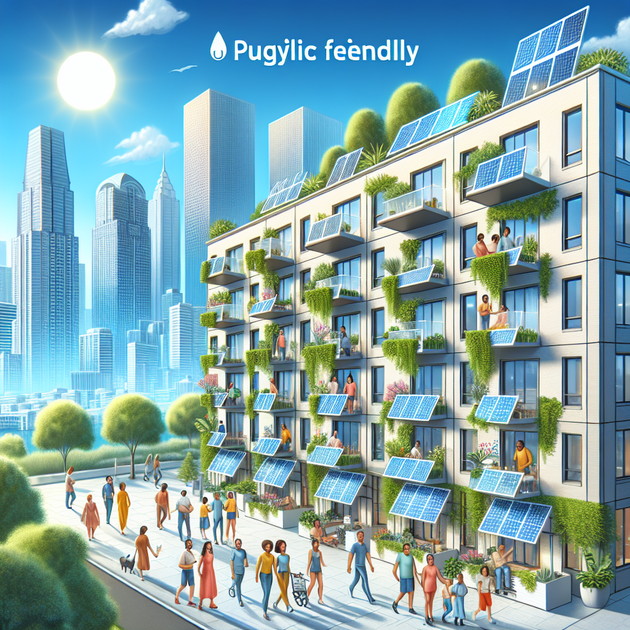Is the Easiest Solar in America Still Outlawed?
Let’s start with a wild number: there’s an estimated 57 gigawatts (GW) of potential balcony solar capacity just waiting to be tapped across the United States. For some context, that’s nearly a quarter of all the country’s current installed solar power. And yet—nearly everyone who could use it can’t legally plug it in.
So what exactly is “balcony solar”? It’s as simple as buying a small kit—think Home Depot or Harbor Freight—and literally plugging it into your wall outlet. No fancy install crews or roof work required. But here’s where things get weird: as of now, only Utah actually lets people do this legally.
What Is Balcony Solar and How Does It Work?
Balcony solar (sometimes called “plug-in” or “balcony power stations”) is about as straightforward as renewable energy gets. You order a kit online or from a hardware store—it comes with one or two modest-sized panels and an inverter. Mount them on your railing or outside wall where they’ll get decent sun, then connect them to a regular outdoor-rated outlet.
Here’s what makes them so appealing:
- No need for professional installation
- No permits (at least where allowed)
- Affordable compared to full rooftop systems
- Perfect for renters and apartment-dwellers
- Can offset part of your electricity bill
- Expandable with backup batteries
In Europe and Asia, millions of these mini-solar setups are already quietly cutting utility bills and carbon emissions. But here? Legal headaches have stopped almost everyone from joining in.
The Legal Landscape: Why Is Balcony Solar Banned Almost Everywhere?
Right now, Utah is the only state that gives a green light to plug-and-play balcony solar kits—if they’re UL certified and limited to 1.2 kW per housing unit (that’ll run your fridge and some lights). In the other 49 states? It ranges from “legally gray” to outright banned by local utility rules or unclear building codes.
A couple states are starting to wake up:
- Vermont is considering new rules to allow plug-in home panels.
- New Hampshire has similar legislation under review.
Everywhere else, the lack of clear regulation means utilities often say no—either out of caution or because their old rules never planned for this kind of DIY energy.
Anecdote: My Friend’s Plug-In Adventure (and Headache)
Last summer, my friend Sarah moved into an apartment with a sunny south-facing balcony in Salt Lake City. She found a $500 kit at Home Depot and plugged it right in; her monthly bills dropped by $15–$20 (not life-changing money, but hey). When she moved back home to Colorado? She tried setting up again…and got shut down by her landlord after her utility company flagged it as “unauthorized.” Same exact product—the only difference was which side of the state line she was on.
The Bigger Picture: Why Should States Embrace Balcony Solar?
There are three giant reasons why expanding balcony solar makes sense right now:
- Utilities need help meeting demand. With AI data centers and electrification growing fast, grid strain is real.
- Homeowners want options. This is one way renters and condo dwellers can finally join the clean energy club.
- Resilience matters. Pairing small panels with backup batteries could keep essentials running during blackouts—without big investments.
If every state made clear rules allowing safe plug-and-play kits—with basic safety standards—we could unlock all those missing 57 gigawatts over just a few years.
What Needs to Change for Balcony Solar to Take Off?
- Simpler laws: States should follow Utah’s lead with clear limits (like 1-1.5 kW per home) and require UL safety certification.
- Utility buy-in: Companies need guidelines so they can safely allow these micro-generators without grid worries.
- Public awareness: Most people don’t even know this tech exists—or how easy it could be if allowed.
Right now, fossil fuel companies are basically the only losers if this trend takes off—which might explain some resistance behind closed doors.
Your Turn: Would You Go Plug-and-Play If You Could?
Balcony solar isn’t magic—it won’t replace giant wind farms or utility-scale arrays. But it could help millions cut bills, shrink their carbon footprint, and give utilities some breathing room when demand spikes hit.
So what do you think? If your state gave you the green light tomorrow…would you try plugging sunshine straight into your living room wall?

Leave a Reply